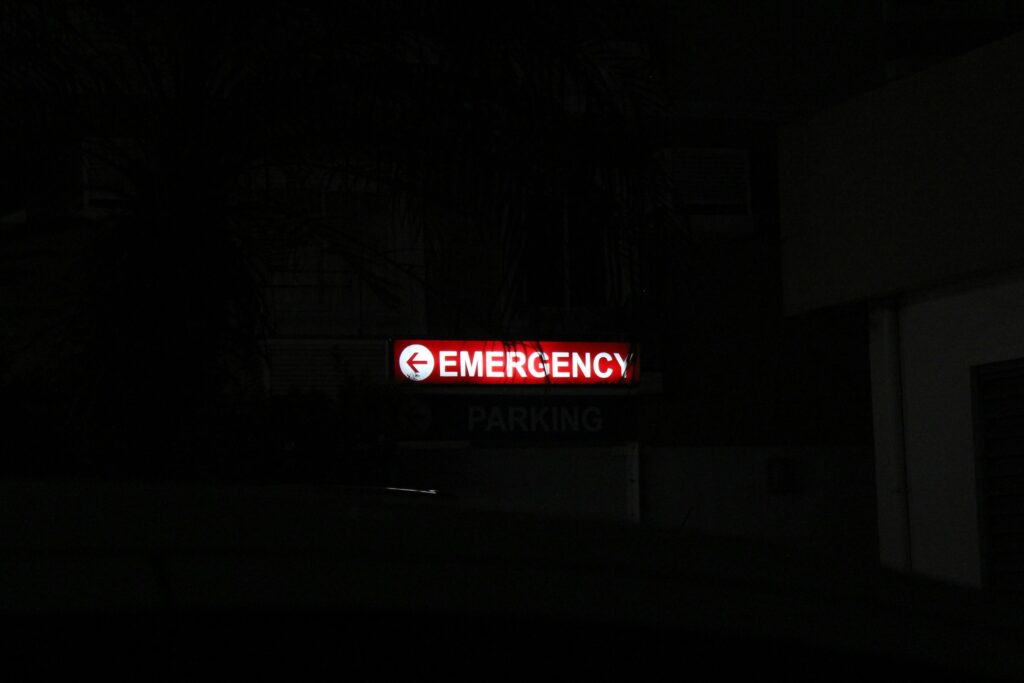Having a solid emergency fund is a crucial component of any financial plan. In times of unexpected financial strain, having a safety net in place can provide much-needed peace of mind. In this article, we will discuss the essentials of building and maintaining an emergency fund, as well as the benefits of having one in place. Whether you are just starting your financial journey, or looking to strengthen your existing fund, these tips and strategies will help you prepare for life’s unexpected expenses.
How Much to Save
When it comes to building an emergency fund, the amount you should save largely depends on your individual financial situation and lifestyle. However, a common guideline recommended by financial experts is to save enough to cover at least three to six months’ worth of living expenses. This safety net can provide a cushion in case of unexpected events such as job loss, medical emergencies, or car repairs.
Factors to consider when determining how much to save for your emergency fund include your monthly expenses, income stability, and any additional sources of financial support. It’s important to regularly reassess and adjust your savings goal as your circumstances change. Remember, the goal of an emergency fund is to provide peace of mind and security during uncertain times. So aim to save an amount that makes you feel comfortable and prepared for any unexpected situations that may arise.
The Importance of Liquidity in Your Emergency Fund
When it comes to building an emergency fund, one key factor to consider is the importance of liquidity. Liquidity refers to how quickly and easily an asset can be converted into cash without significantly affecting its value. In the case of an emergency fund, having liquid assets means that you can access funds quickly. When unexpected expenses arise, such as medical bills or car repairs.
Having a sufficient amount of liquid assets in your emergency fund ensures that you can cover these expenses without having to resort to high-interest loans or tapping into long-term investments. Cash, savings accounts, and money market accounts are all examples of liquid assets. These can help you weather financial storms without causing long-term damage to your financial health. By prioritizing liquidity in your emergency fund, you can ensure that you have a financial safety net when you need it most.
Managing Your Emergency Fund
It is crucial to have a well-managed emergency fund to provide financial stability during unexpected circumstances. Here are some best practices to ensure your emergency fund is effectively maintained:
- Determine the appropriate size of your emergency fund based on your monthly expenses and financial obligations.
- Regularly review and adjust the fund to account for any changes in your income or expenses.
- Keep your emergency fund in a separate, easily accessible account to prevent any temptation to use it for non-emergencies.
- Maintain a minimum balance in your emergency fund to cover at least three to six months’ worth of expenses.
- Consider automating contributions to your emergency fund to ensure consistent savings.
Maximizing the Benefits of Your Fund
Having an emergency fund is crucial for financial stability and peace of mind. To truly maximize the benefits of your emergency fund, consider the following strategies:
- Set a clear goal: Determine how much you want to save in your emergency fund. It is recommended to have at least 3-6 months’ worth of living expenses saved up.
- Automate your savings: Set up automatic transfers from your checking account to your emergency fund savings account. This way, you can ensure that you are consistently saving without having to think about it.
Additionally, it is important to regularly review and adjust your emergency fund as needed. Life situations change, so it is important to reassess your fund periodically to ensure that it still meets your needs.
Wrapping Up
In conclusion, having an emergency fund is a crucial part of any financial plan. By following the emergency fund essentials outlined in this article, you can ensure that you are prepared for any unexpected expenses that may arise. Remember to regularly review and adjust your emergency fund as needed. Thank you for reading and best of luck on your journey to financial stability.




